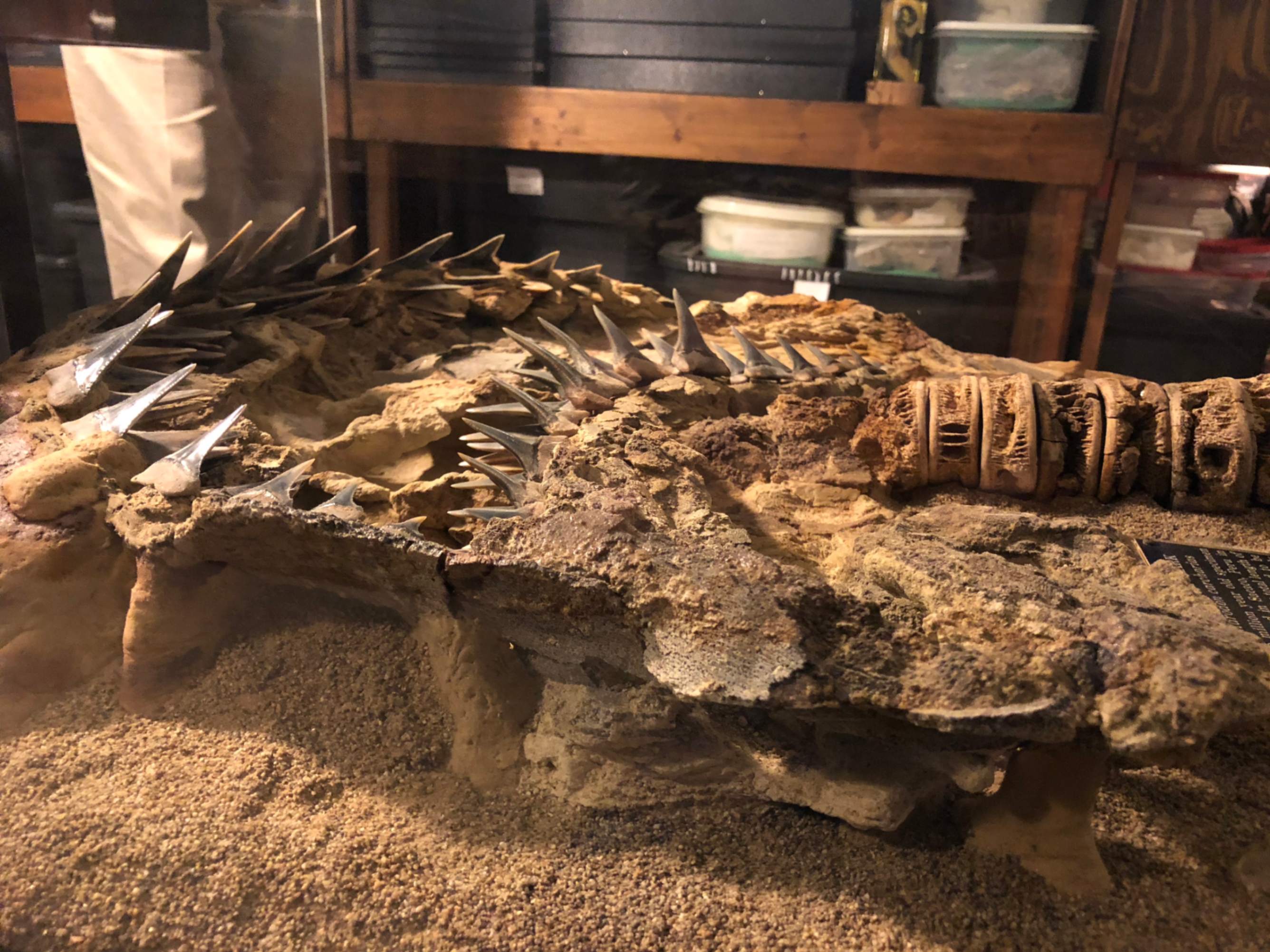
The fossil, unearthed from ancient marine sediment, is believed to date back millions of years, providing critical information about the early ancestors of the great white shark. Paleontologists have long debated the evolutionary lineage of these apex predators, and this discovery could help resolve some of the uncertainties.
One of the most striking revelations from this fossil is the anatomical features it shares with modern great white sharks. The teeth, jaw structure, and fin shapes are remarkably similar, suggesting a direct evolutionary link. This finding challenges previous theories that proposed a more convoluted evolutionary path involving multiple extinct shark species.

Moreover, the fossil’s well-preserved state has allowed scientists to conduct detailed analyses, including scanning electron microscopy and isotopic studies. These techniques have provided insights into the shark’s diet, habitat, and even its growth patterns. The evidence indicates that the ancient shark occupied a similar ecological niche to its modern descendants, preying on large marine mammals and fish.







